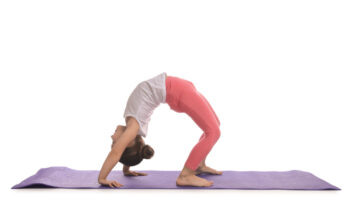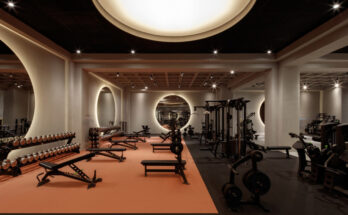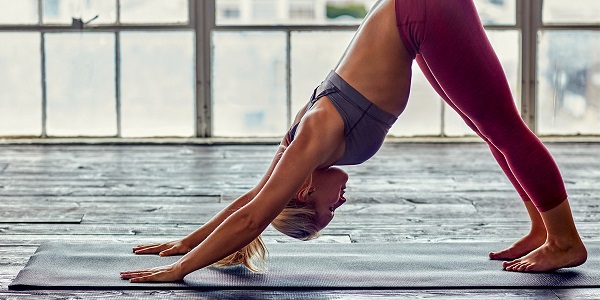
Working On A More Flexible Body For Gymnastics
When you see gymnasts tumbling, jumping, rolling and spinning, the mind boggles at the flexibility their body shows. The question that is prevalent is how did their bodies reach this stage. There was a time when scientists to everyday people believed that stretching alone made the body flexible. Today, the research, studies, and experiments have proven it otherwise.
There is more to improving the flexibility of the body, such as Massage Therapy. In this article, we first understand what flexibility is, why is it essential for some people and how to attain it through three methods. In short, the range of motion the joints of your body have is called flexibility. Just because one joint is flexible doesn’t mean that all others will be too. Therefore, the ability has to be built on all of them.
For instance, a gymnast requires a lot of flexibility in the hip and shoulder area. The prior is needed for:
- Splits
- Jumps
- Leaps
The latter is necessary for:
- Bridges
- back handsprings
In everyday life, flexibility is not crucial. But for some individuals like athletes, gymnasts, circus performers, etc. being supple and agile can help incredibly. When their bodies are not elastic, they are unable to perform a lot of motions which reduces their skill set. For example, if a gymnast can complete a specific move like a split leap at the exact level necessary for their experience level, they get deductions from their total score.
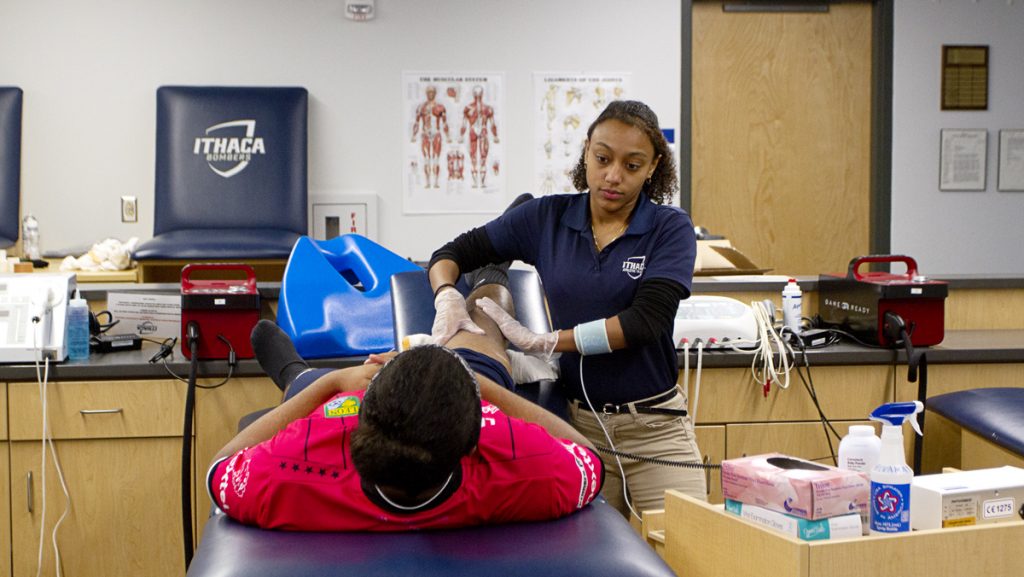
Massage Therapy To The Flexibility Rescue
Increasing the skill level is one reason for keeping a body flexible, but when gymnasts’ bodies are not elastic enough, they get more prone to injuries and harm. Therefore, increasing flexibility is crucial. The one simple and pleasantly enjoyable method to it is a Massage at Spa. A head to toe massage is the perfect way to loosen the muscles. Even a 10-minute therapy done every day for fourteen days can considerably increase flexibility. The type of massage that needs to be done can vary. Something as simple as foam roller works wonders.
In this therapy, a basic foam roller is rolled over the hamstrings of the gymnast, quads, lats, calves and hip region. By working on the thighs, legs, and arms, the foam roller relieves the soreness in the muscles which often occurs a day after a workout.
Static Stretch Your Way To Flexibility
A static stretch is holding a position for a few seconds. For example, a gymnast does a split and then keeps sitting in the position for some seconds is a static stretch. Here – https://www.athletico.com/2018/05/23/stretching-safely-gymnastics/ – check out the stretching safety tips. The way to increase flexibility with static stretch requires these steps:
- Get into the position
- Go only as far as you can without feeling pain
- Hold it for only some time and not long
- If the stretch is making you uncomfortable, do not do it
Static stretches are excellent tools for building flexibility because:
- They help in warming up the body and cooling it down.
- They are not likely to give you an injury.
- They not only help in increasing the range of motion but also build up muscle tone.
- They help get rid of stress and relax the entire body.
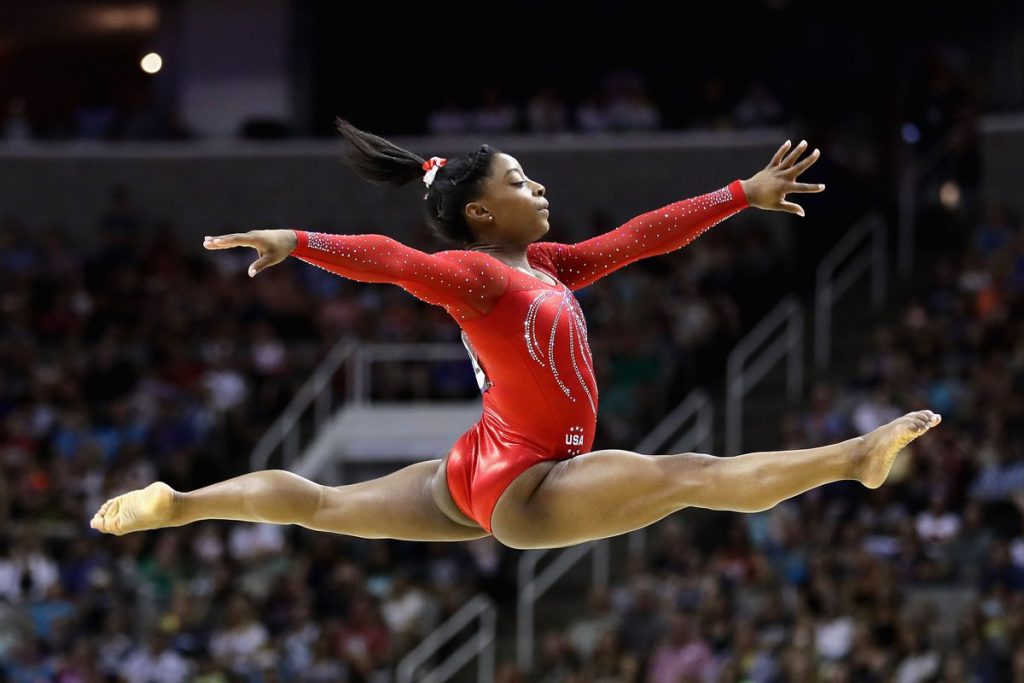
The last technique for building flexibility is breathing exercises. When a body is stretching the breaths should be slow and relaxed. Inhale through the nose and expand the belly. Take care not to puff out the chest. Hold the breath and then exhale it during the toughest part of the stretch. Exhale either through the nose or the mouth. A trick is to practice this breathing method regularly so that it becomes ingrained and you automatically perform it during stretching.
To sum it up, flexibility is imperative for gymnasts and other athletes. It can be improved through massage therapy, static stretch, and controlled breathing movements!

